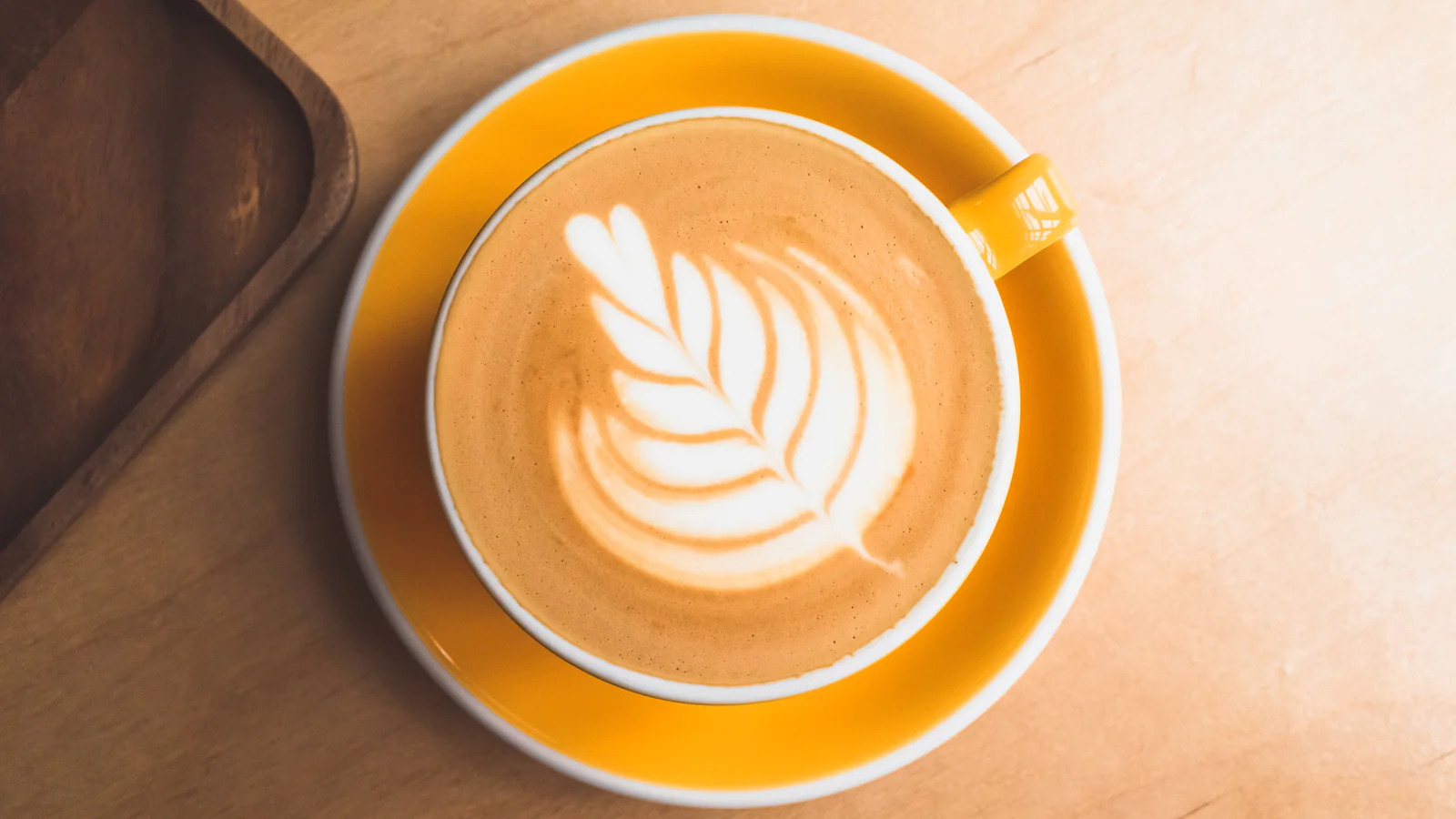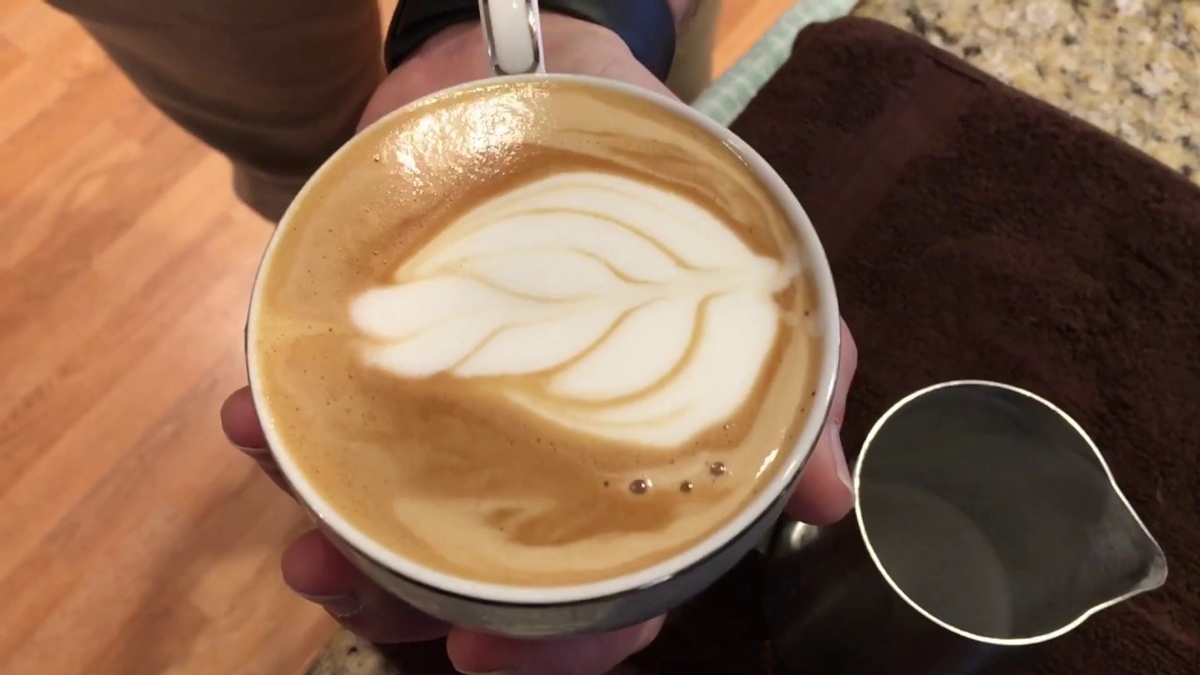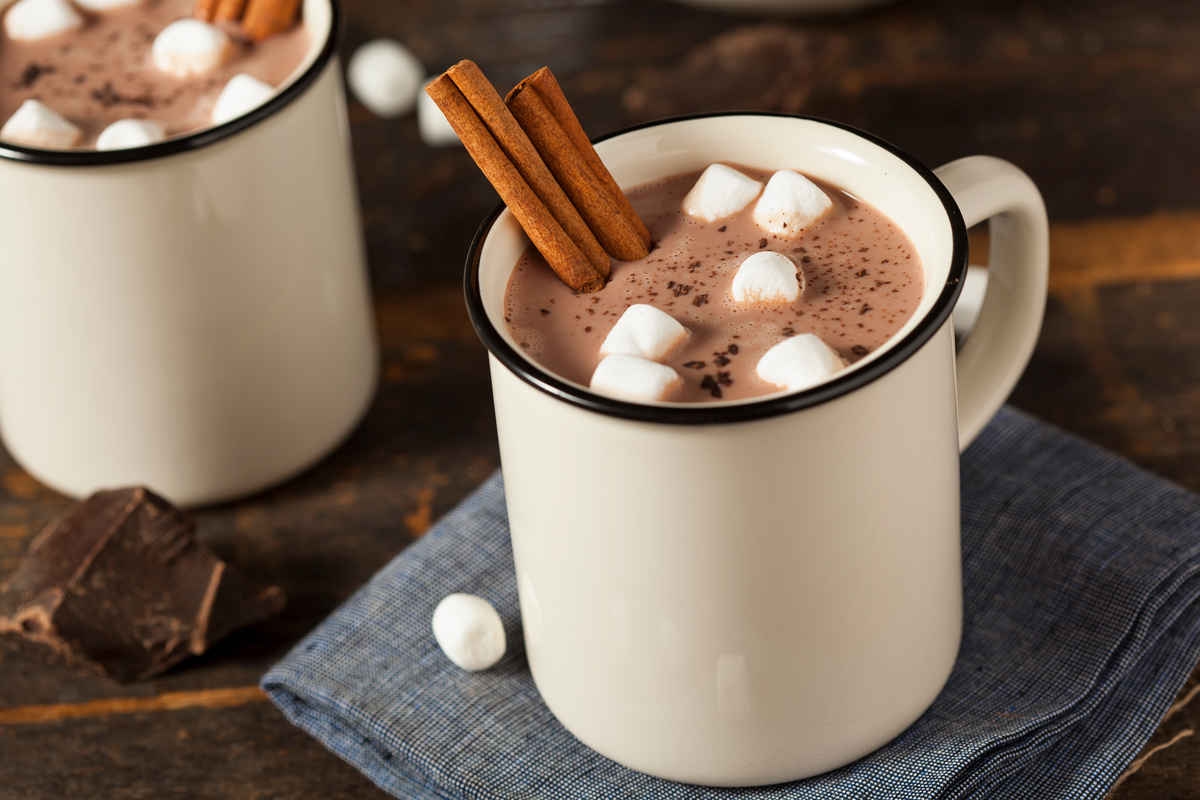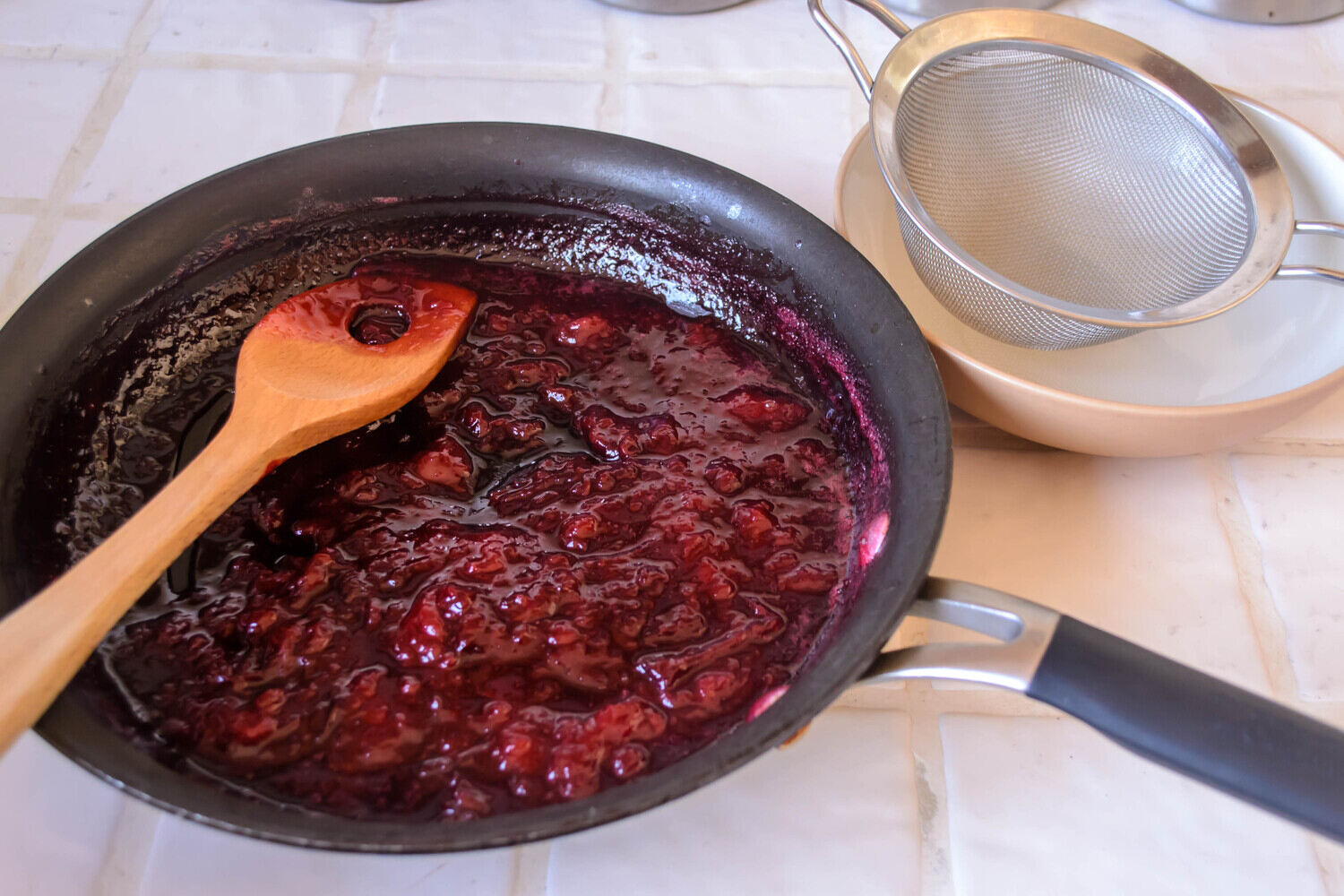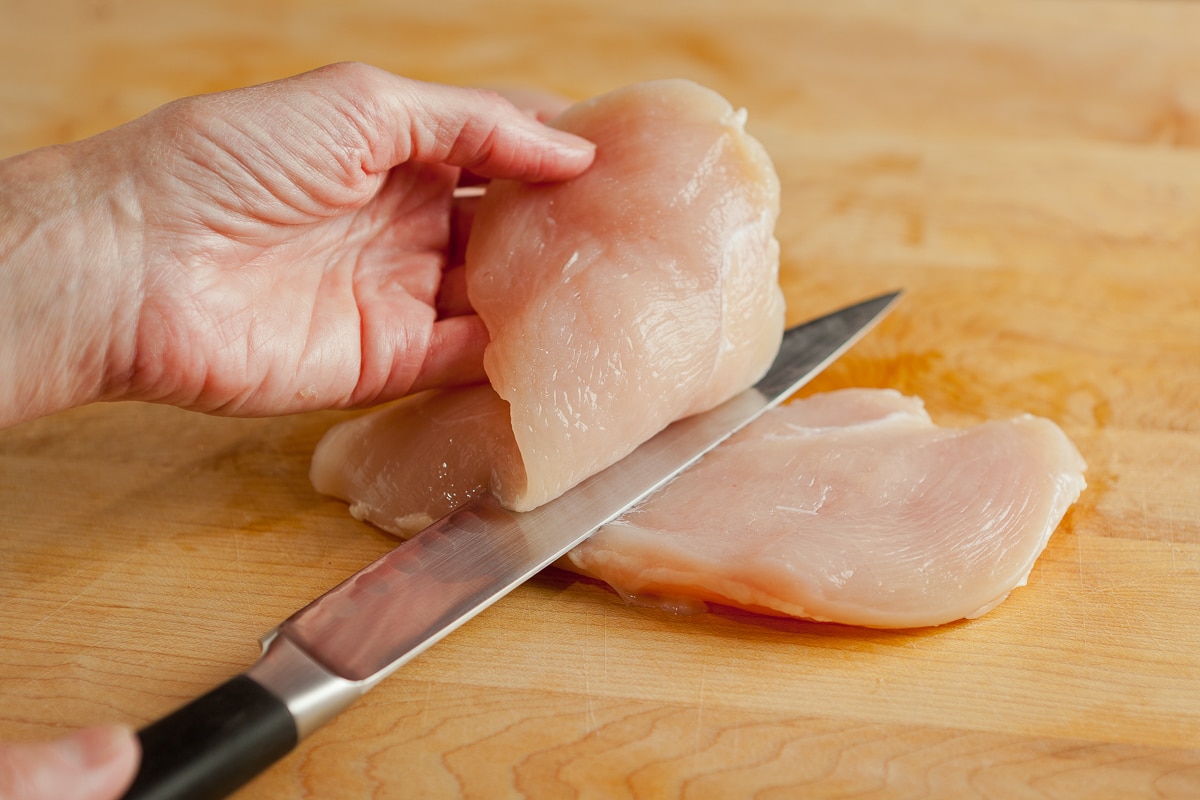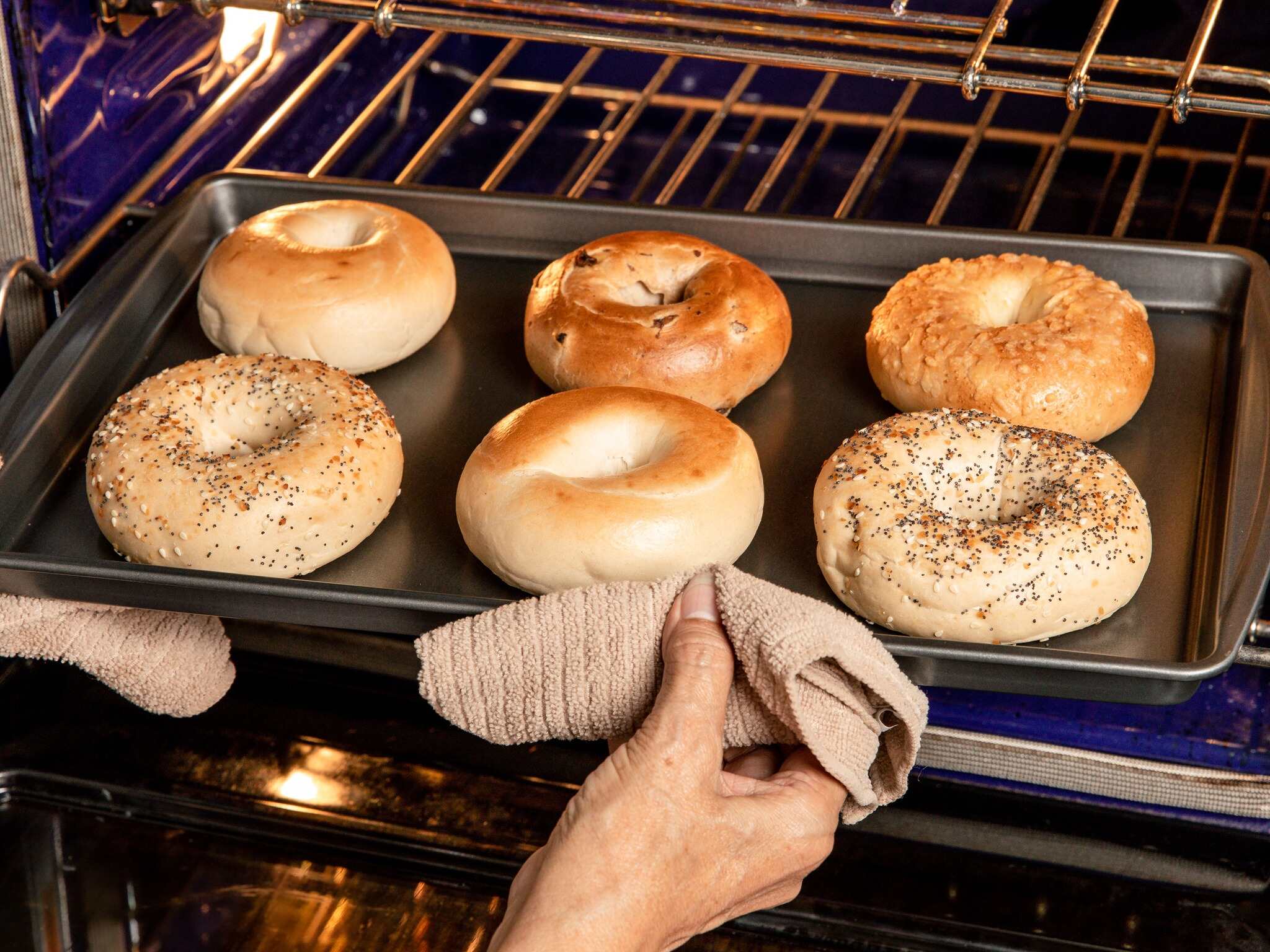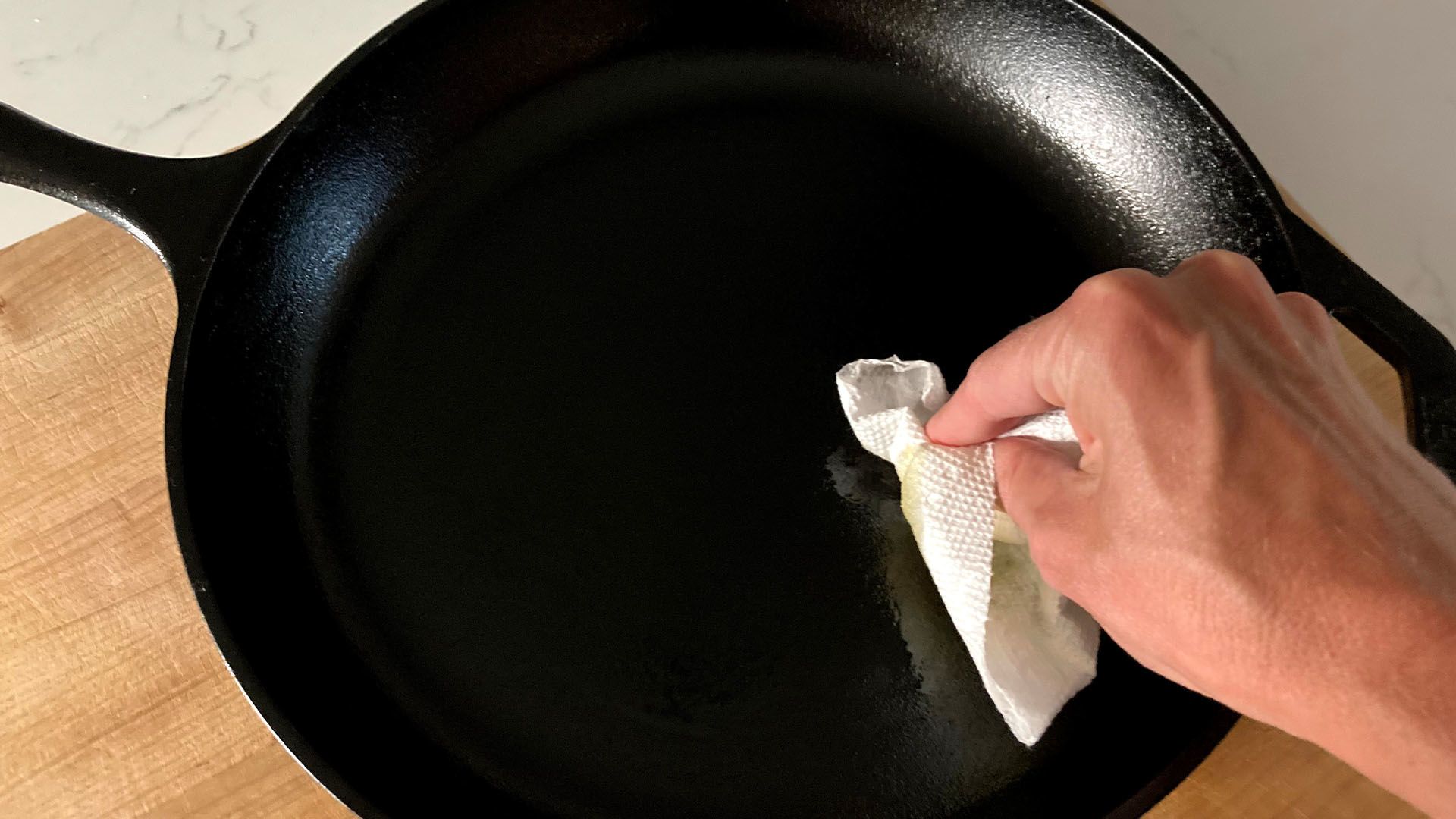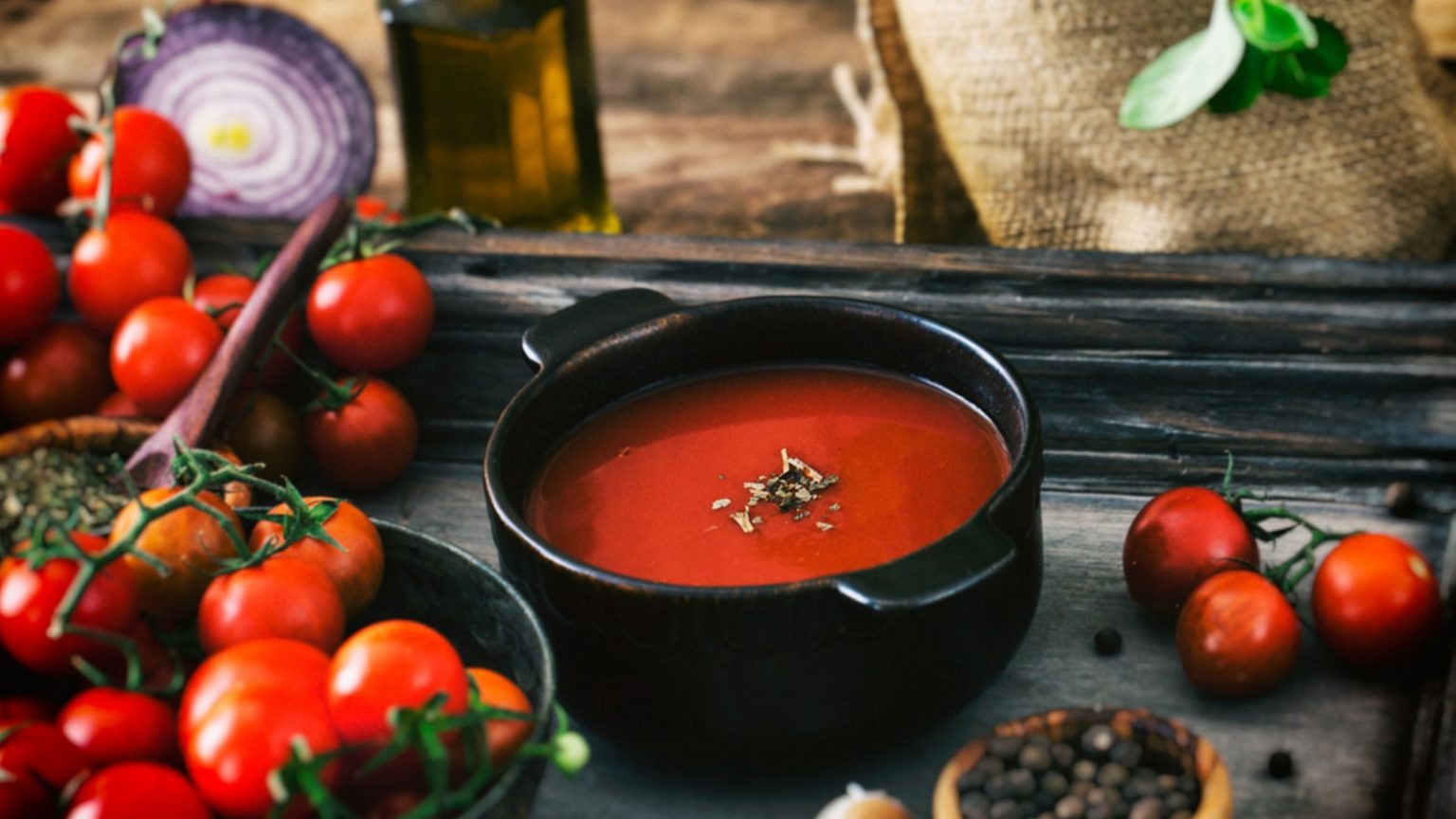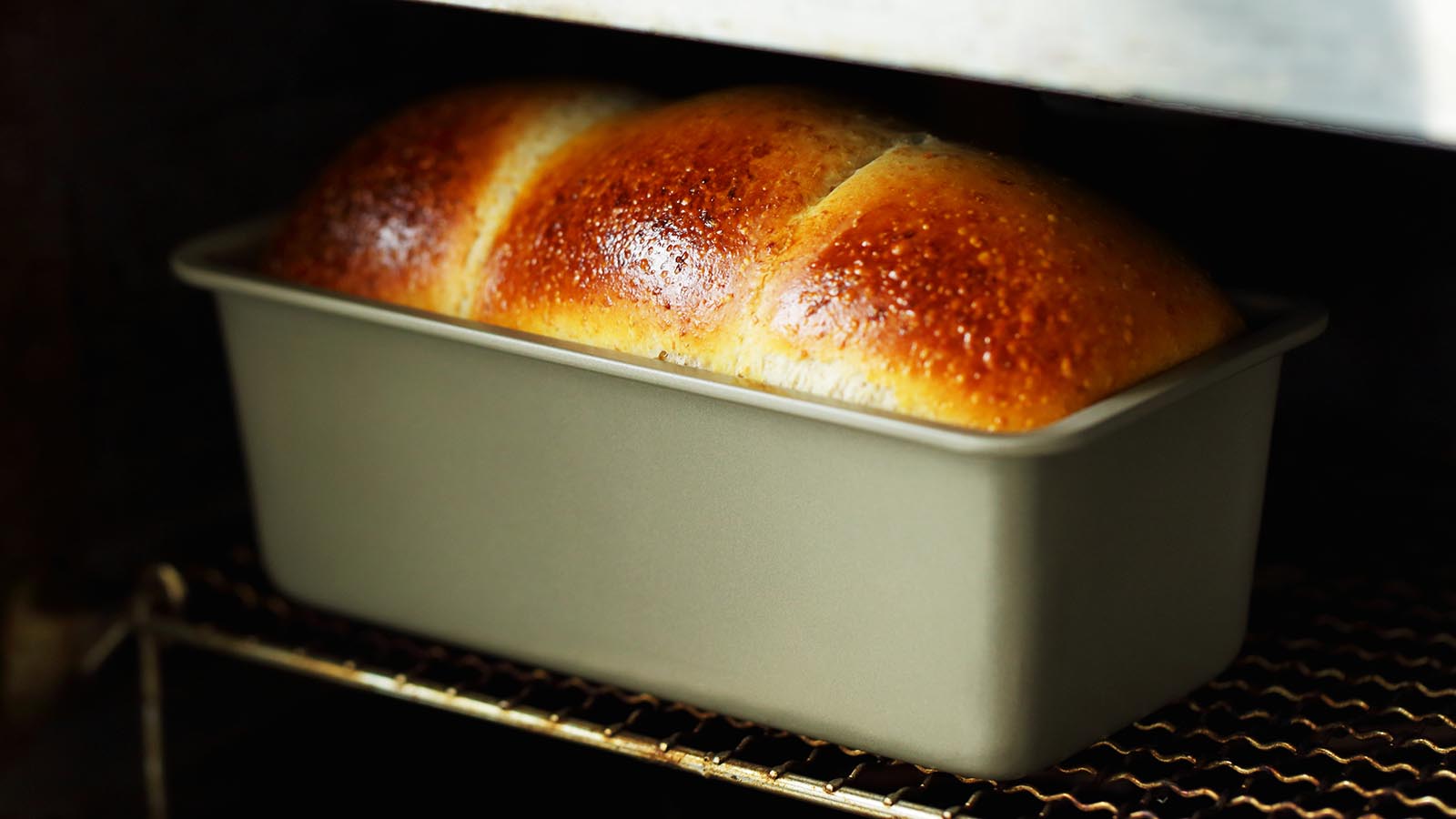The 4 Fundamentals of Latte Art
Latte art has become a beloved form of self-expression for both baristas and coffee enthusiasts alike. From delicate hearts and beautiful rosettas to intricate swans and stunning tulips, latte art adds an extra touch of elegance and charm to the already delightful experience of sipping on a perfectly crafted latte. If you’ve always admired the artistry that goes into creating these stunning designs, then look no further! In this article, we will delve into the 4 fundamental principles of mastering latte art.
1. Quality Espresso
The foundation of any great latte art lies in the quality of the espresso. Utilizing freshly ground coffee beans and ensuring the proper extraction process is essential. The espresso should have a rich and balanced flavor profile, with notes of chocolate, caramel, and nuts. The crema, that beautiful and velvety layer on top of the espresso, plays a crucial role in creating the base for your latte art. It should be thick, creamy, and a golden brown color. Remember, a great latte art design starts with a great espresso shot!
2. Perfectly Steamed Milk
Steaming milk to perfection is an art within itself. The texture and temperature of the milk greatly influence the final outcome of your latte art. To achieve a silky-smooth microfoam, start by using cold milk and a stainless steel pitcher. Position the steam wand just below the surface of the milk and create a gentle whirlpool motion. Aim for a glossy texture with tiny, velvety bubbles that resemble wet paint. The milk should be hot but not scalding, at around 150°F (65°C). Remember, practice and patience are key when it comes to mastering the art of steaming milk!
3. Pouring Technique
Once you have your quality espresso and perfectly steamed milk ready, it’s time for the pouring stage. Pouring technique plays a crucial role in achieving intricate latte art designs. Begin by holding the pitcher slightly above the cup, close to its edge. Gently pour the milk into the center of the espresso while steadily lifting the pitcher. As the cup fills, gradually move the pitcher closer to the surface, creating patterns and designs. Experiment with different pouring speeds and angles to create stunning masterpieces. Remember, the key to mastering pouring technique is practice and experimentation!
4. Patience and Persistence
Lastly, mastering latte art requires patience and persistence. It’s an art form that takes time to perfect, so don’t be discouraged if your first attempts don’t turn out as expected. Keep practicing your espresso extraction, milk steaming, and pouring technique. Experiment with different designs, patterns, and even colors. Embrace the creative process and enjoy the journey of self-expression through latte art. With time and dedication, you’ll soon be able to create awe-inspiring works of art on the surface of your lattes.
In conclusion, latte art is a skill that combines craftsmanship, precision, and passion. By focusing on the 4 fundamentals of quality espresso, perfectly steamed milk, pouring technique, and fostering patience and persistence, you’ll be well on your way to creating stunning latte art designs. So go ahead and channel your inner artist, grab that pitcher, and start creating beautiful latte art that will dazzle both your taste buds and your eyes!
